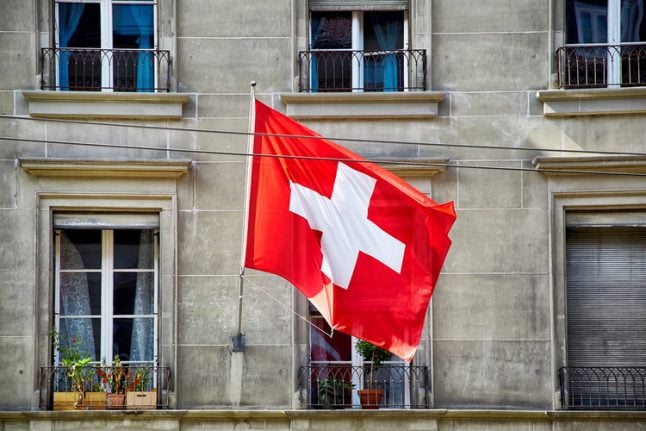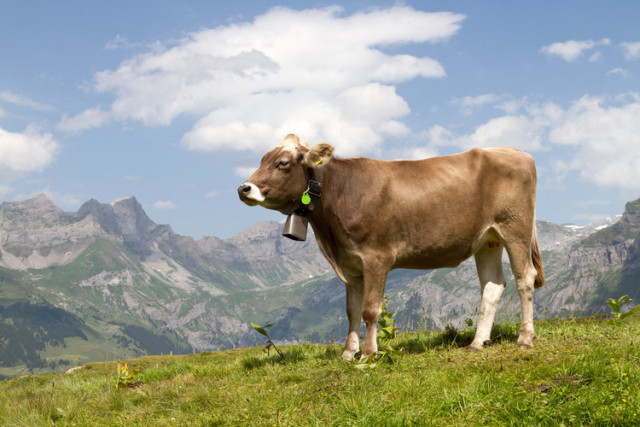if(“undefined”==typeof window.datawrapper)window.datawrapper={};window.datawrapper[“P1lOA”]={},window.datawrapper[“P1lOA”].embedDeltas={“100″:554,”200″:477,”300″:417,”400″:417,”500″:417,”600″:400,”700″:400,”800″:400,”900″:400,”1000”:400},window.datawrapper[“P1lOA”].iframe=document.getElementById(“datawrapper-chart-P1lOA”),window.datawrapper[“P1lOA”].iframe.style.height=window.datawrapper[“P1lOA”].embedDeltas[Math.min(1e3,Math.max(100*Math.floor(window.datawrapper[“P1lOA”].iframe.offsetWidth/100),100))]+”px”,window.addEventListener(“message”,function(a){if(“undefined”!=typeof a.data[“datawrapper-height”])for(var b in a.data[“datawrapper-height”])if(“P1lOA”==b)window.datawrapper[“P1lOA”].iframe.style.height=a.data[“datawrapper-height”][b]+”px”});
STATISTICS
Mapped: This is where the Swiss live abroad
France is the most popular destination of Swiss living abroad, according to new figures.
Published: 2 March 2017 10:07 CET

Lyon, the most popular city for Swiss nationals abroad. Photo: Dimitry B
In 2016 more than 200,000 Swiss lived in neighbouring France, the Swiss foreign office said on Wednesday, up 2.5 percent on the previous year and more than ever before.
The most popular destination in France was Lyon, where 106,699 Swiss were living. That was followed by Paris (46,000), Marseille (24,000) and Strasbourg (23,500).
Swiss in France made up 26 percent of the total 774,923 Swiss living abroad in 2016. That's an increase of 2.9 percent last year, higher than the 2 percent average growth in previous years.
While 63 percent of Swiss people state German or Swiss-German as their first language against only 22 percent stating French, it is perhaps surprising that more than double the number of Swiss live in France than in Germany.
Just under 90,000 Swiss nationals were living in Germany in 2016, the most popular cities being Stuttgart (29,000), Frankfurt (23,600), Berlin (20,600) and Munich (15,800).
Some 82 percent of Swiss in France were dual citizens, against 63 percent in Germany.
If only single Swiss citizens were included in the ranking, the difference between the top two countries, France and Germany, would be “negligible”, said the foreign office.
Some 52,000 Swiss lived in Italy, 25,000 in Spain and just under 35,000 in the UK, which saw one of the biggest rises last year, up 4.6 percent.
Outside Europe, Asia saw an above average growth in Swiss expats, up 4.3 percent, with Bangkok, Hong Kong, Manila and Singapore being popular destinations.
Some 80,000 have made the US their home while 40,000 lived in Canada in 2016, including 26,000 in French-speaking Montreal.
Of those Swiss nationals abroad, nearly three-quarters had dual nationality, said the foreign office.
“The increased growth in the number of Swiss citizens living abroad indicates that more Swiss nationals moved abroad than returned to Switzerland,” it added.
More detailed statistics on the movement of Swiss citizens will be published later this year.
Url copied to clipboard!




 Please whitelist us to continue reading.
Please whitelist us to continue reading.
Member comments